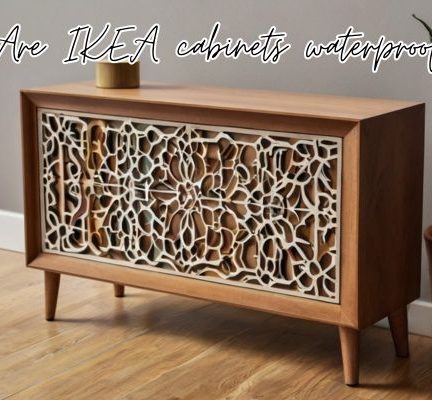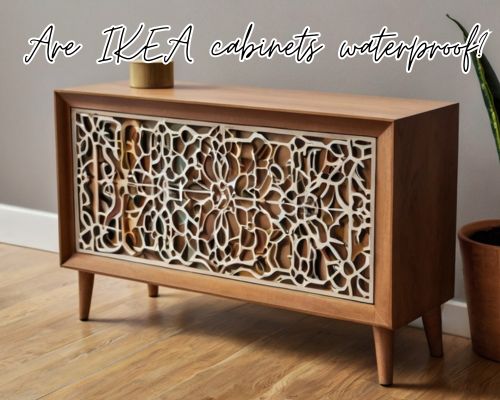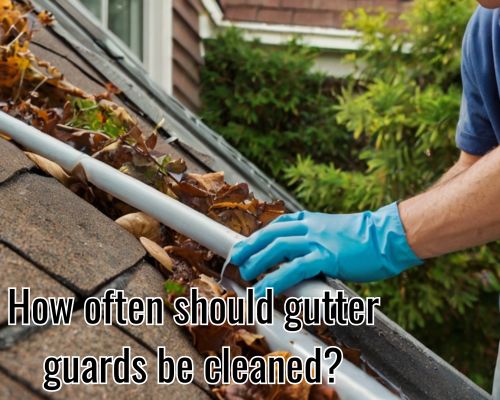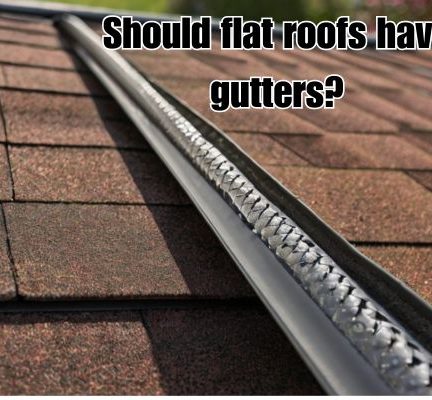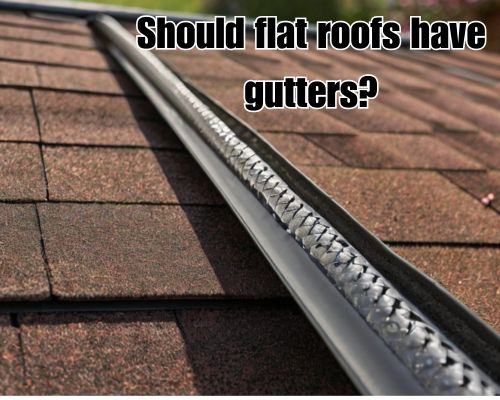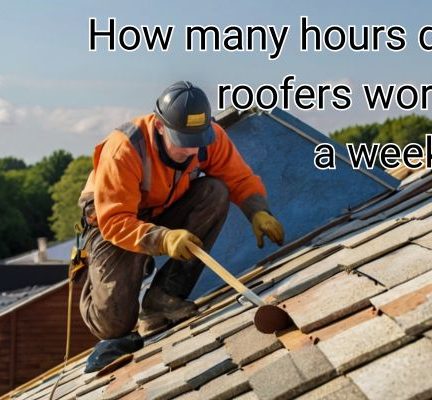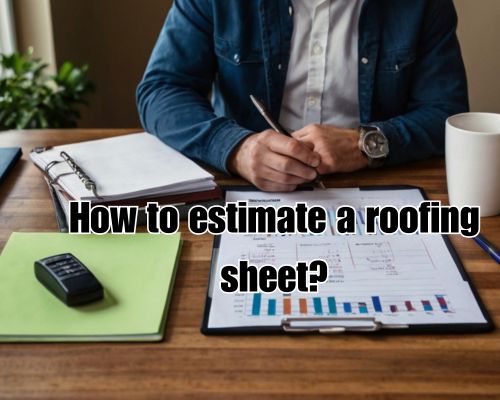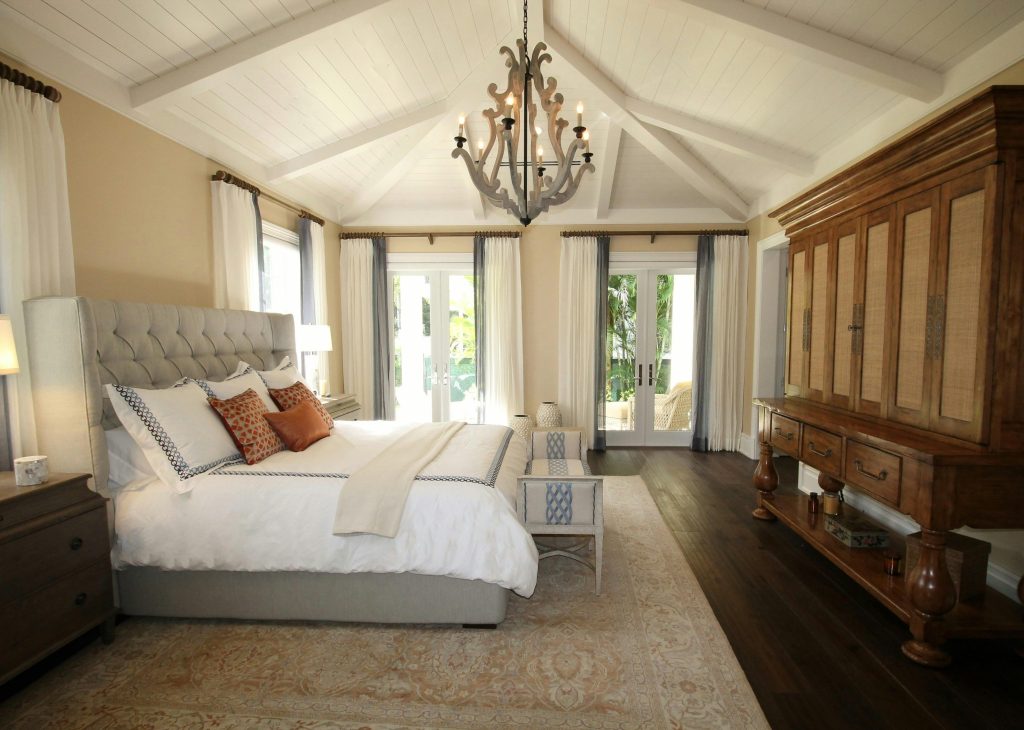
A modern-style bedroom is all about clean lines, minimalism, and a harmonious balance of aesthetics and functionality. Whether you’re starting from scratch or upgrading your space, the right furniture—such as a modern bed and sleek chests of drawers—can transform your bedroom into a stylish, clutter-free retreat. Here’s how to create a modern bedroom that blends sophistication with comfort.
1. Choose a Modern Bed as the Focal Point
The bed is the centerpiece of any bedroom, and in modern design, it should be sleek, stylish, and minimal. When selecting a modern bed:
- Opt for a low-profile platform bed for a streamlined, contemporary look.
- Consider a bed frame with an upholstered or wooden headboard in neutral tones.
- Choose materials like metal, wood, or leather for a modern feel.
Minimalist bed frames with hidden storage add both function and style, keeping clutter out of sight while maintaining a clean aesthetic.
2. Select a Stylish, Functional Chest of Drawers
A modern chest of drawers provides essential storage while enhancing the room’s aesthetic. When choosing a modern dresser:
- Look for sleek, handle-less designs for a seamless appearance.
- Choose materials like walnut, oak, lacquered wood, or matte-finished metal.
- Opt for a floating or wall-mounted chest to maximize floor space.
A modern chest of drawers should complement the bed and other furniture pieces while providing practical storage for clothes, accessories, and personal items.
3. Stick to a Neutral and Sophisticated Color Palette
Modern bedrooms often feature a neutral color scheme with pops of contrast. Consider:
- Primary Colors: White, gray, beige, and taupe for a timeless foundation.
- Accent Colors: Black, navy, or deep green to add depth and character.
- Metallic Touches: Gold, chrome, or matte black for a sleek, modern edge.
If you want a more dynamic look, subtle pops of color through pillows, artwork, or a statement chair can add personality without disrupting the modern aesthetic.
4. Embrace Minimalist Décor and Accessories
A modern bedroom thrives on simplicity. Avoid excessive decorations and instead focus on:
- Abstract or geometric wall art to add visual interest.
- A statement mirror to enhance light and create the illusion of space.
- Bedside pendant lights or sleek table lamps instead of bulky lampshades.
- A single area rug in a solid or subtle pattern to add warmth without overwhelming the space.
5. Incorporate Smart Storage Solutions
To maintain a clutter-free look, utilize smart storage, such as:
- Under-bed storage drawers or lift-up bed frames.
- Built-in or wall-mounted shelves to display books and décor.
- Multi-functional furniture, like a storage bench or ottoman at the foot of the bed.
Modern design prioritizes both aesthetics and practicality, so every piece should serve a purpose while contributing to the room’s sleek look.
6. Add Texture for Depth and Comfort
To prevent a modern bedroom from feeling too sterile, introduce soft textures:
- Bedding: Layer with plush duvets, linen sheets, and accent throws.
- Curtains: Floor-to-ceiling sheer or blackout curtains in neutral tones.
- Furniture: Mix matte, glossy, and textured finishes for contrast.
A balance of textures helps create a cozy, inviting atmosphere while maintaining a modern feel.
7. Use Smart and Subtle Lighting
Lighting is essential in modern bedroom design. For modern light fixtures, consider:
- LED strip lighting under the bed frame or behind the headboard for a soft glow.
- Recessed ceiling lights for a clean, uncluttered look.
- Smart lighting systems with dimmable and color-adjustable options.
Proper lighting enhances the mood and functionality of the space, creating a comfortable and stylish retreat.
Conclusion
A modern bedroom is the perfect blend of simplicity, elegance, and functionality. With a sleek modern bed, a modern chest of drawers, and a neutral color palette, you can create a sophisticated yet comfortable space. By incorporating smart storage, minimal décor, and layered textures, you’ll achieve a bedroom that feels both contemporary and inviting.
